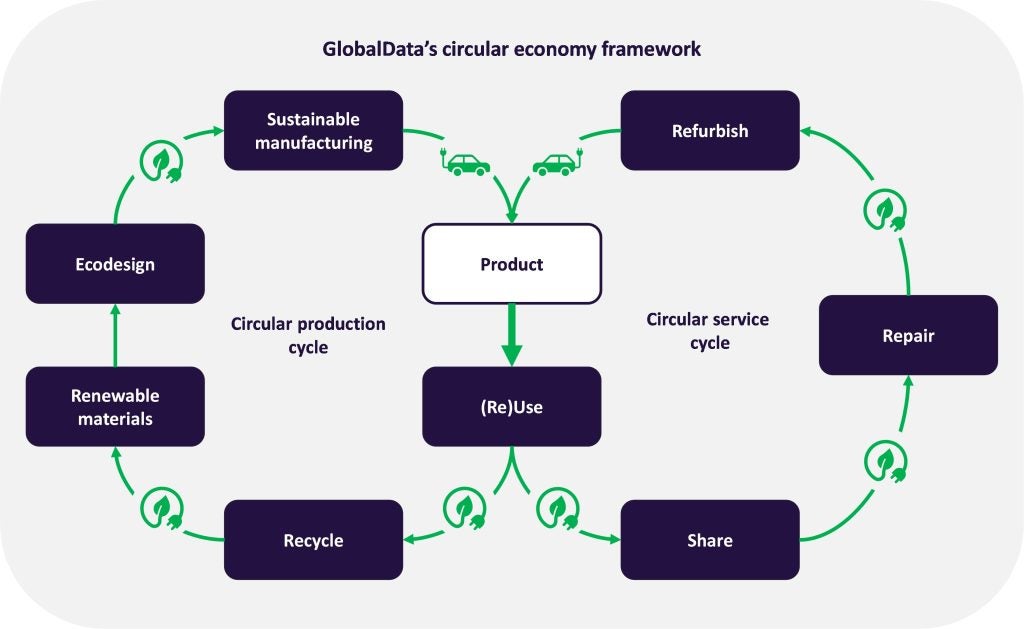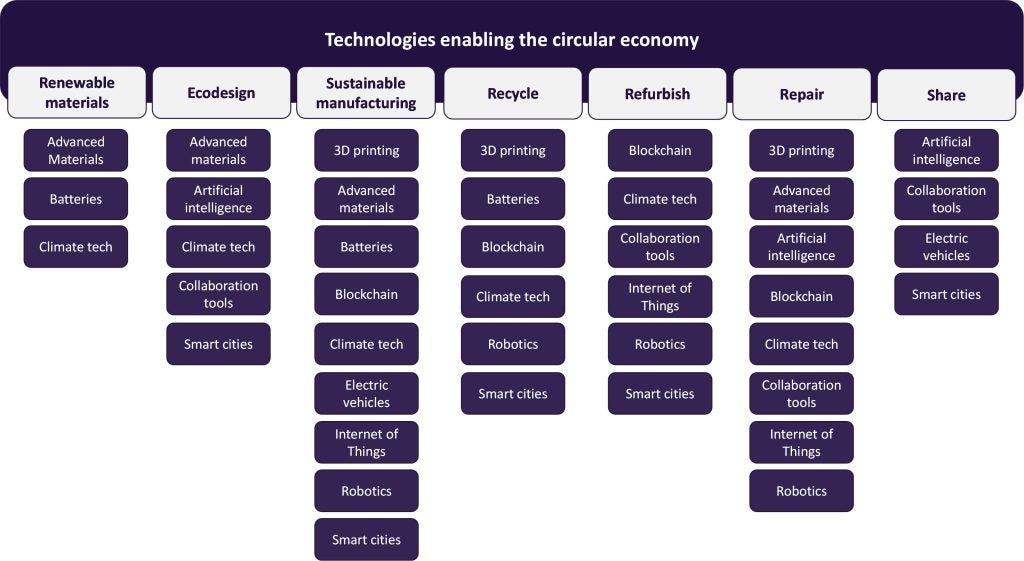There is a growing trend among businesses to use recycled materials, encourage product reuse, and help customers to repair their goods. These practices are a part of the wider circular economy.
The circular economy seeks to eliminate waste and pollution, keep products and materials in use, and regenerate natural systems. It aims to replace the traditional linear economy, which typically follows a take, make, use, and dispose of path and has less regard for the environmental consequences.
Fundamentally, it will enable economic growth while lowering the environmental impact of our economic activities. Businesses following circular practices will eclipse their linear counterparts due to a combination of greater efficiency and long-term sustainability.

The benefits of circular practices will help to win stakeholder support
We live on a planet with finite resources, and the linear economy does little to conserve materials and reduce waste. Linear businesses risk being blindsided by rising material costs because of increasing resource scarcity, not to mention geopolitical tensions resulting in protectionism. Circular businesses focus on reducing waste, reusing and recycling materials, and producing durable products that stay in the economy for longer. This reduces the requirement for new resources, lowering the risks posed by scarce and expensive resources.
In addition, linear businesses will have to navigate an increasingly hostile regulatory and consumer environment. Eventually, we will reach a point where companies that do not convert their linear operations to a circular model risk failure due to government-imposed fines and consumer boycotts. For example, in October 2022, the EU voted to force all companies, including Apple, Samsung, and Huawei, to use the same charging cable for many products. These companies will have to adapt to legislation instead of being ahead of it.
Needless to say, these changes make it harder to make a profit. Therefore, the most successful businesses of the future will be circular, as they will demonstrate greater financial stability, thereby winning shareholder support. However, stakeholders such as consumers are also an important part of considerations and are already demanding companies adapt. Right-to-repair movements have been calling for manufacturers to provide access to spare parts, product manuals, and upgrade services. The EU’s right-to-repair policy came into force in 2021.
We are witnessing the beginnings of a conceptual change in how we view the role of business. Stakeholder capitalism will reimagine a business’s role in society by incorporating the needs of the stakeholders impacted by business decisions.
Circular businesses may also be the most tech-savvy
Technology is vital to the transition from a linear to a circular economy. It is increasingly capable of supporting previously theoretical aspects of the circular economy, resulting in much lower consumption of resources, improvements to energy efficiency, greater supply chain visibility, and extended product lifecycles.
Moving to circular business models will encourage technological innovation. Using new ecodesign methods will require investment in advanced materials and artificial intelligence. Tracking and refurbishing products are much easier using blockchain and robotics. 3D printing and the Internet of Things (IoT) are vital to enable product repair.
A circular business will be a technologically competent business. It will be much more likely to be able to weather future shocks and will be at the forefront of new disruptive technologies.

Implementation challenges remain and timescales vary wildly
The circular economy is in its infancy, and no major industries currently operate in an entirely circular manner. While change may be inevitable, the timescale on which this happens could be anything from the next five to fifty years, and many challenges still need to be overcome. Many enabling technologies are also in the early stages of development and can be expensive and difficult to scale. Businesses find it difficult to justify a change to stakeholders, a combination of the expense and inertia to change. Rejigging supply chains and reshoring production is also extremely complex. Therefore, governments and financial institutions have a pivotal role in investing in and offering incentives to technology companies. This investment is vital if the scale of the circular economy is to match the present-day linear economy.
Implementation challenges remain and timescales vary wildly
The circular economy is in its infancy, and no major industries currently operate in an entirely circular manner. While change may be inevitable, the timescale on which this happens could be anything from the next five to fifty years, and many challenges still need to be overcome. Many of the enabling technologies are also in the early stages of development and can be expensive and difficult to scale. Businesses find it difficult to justify a change to stakeholders, a combination of the expense involved and inertia to change. Rejigging supply chains and reshoring production is also extremely complex. Therefore, governments and financial institutions have a pivotal role to play in investing in and offering incentives to technology companies. This investment is vital if the scale of the circular economy is to match the present-day linear economy.






